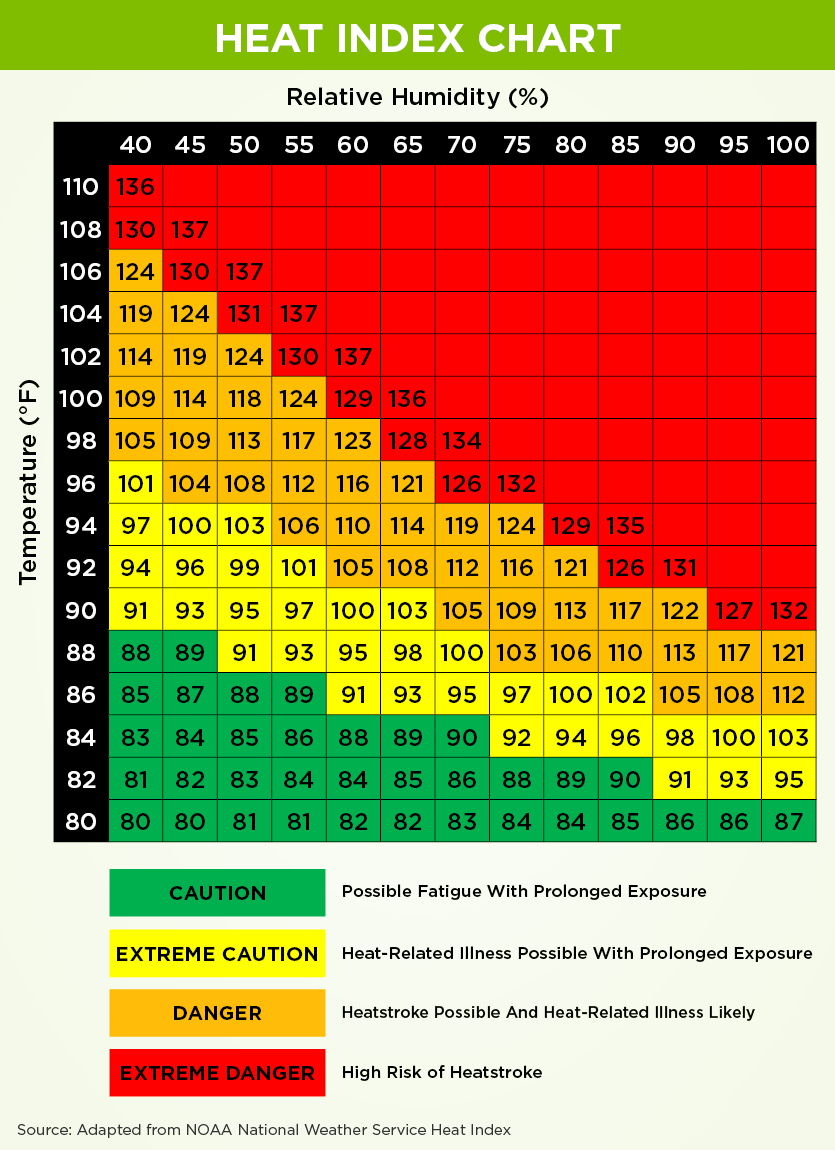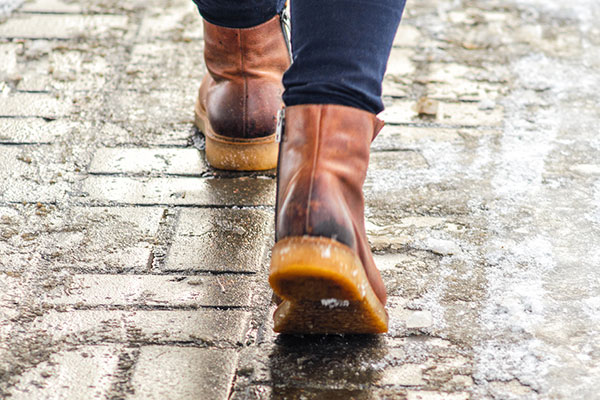
This post was written by Richard Kramp, MD, Parkview Occupational Health.
Summer is a great time to be outside, for work or recreation. But it’s important to remember that, along with all those warm-weather activities, comes an increased risk of dehydration and heat injury. Whether your job requires that you be outside, or you’re spending time gardening, playing golf, or enjoying the beach or park, you’ll want to stay vigilant for signs of dehydration, heat cramps, heat exhaustion and heat stroke. Below, we’ll discuss how heat affects our bodies, how to recognize the red flags that indicate heat illness and ways to keep ourselves safe in the scorching days ahead.
Staying hydrated in the heat
When you’re out in the heat, dehydration can become a major concern. This condition happens when you sweat faster than your body can absorb water. If you know you are going to be outside, for instance if you work outdoors, it’s good to stay hydrated before you go to work and then maintaining your hydration throughout the day. Schedule water breaks into your work or play and bring water with you so it’s easily accessible.
Staying hydrated is the best defense against all types of heat injuries. Did you know that if you are feeling thirsty, you are already mildly dehydrated? I have seen reports that thirst starts when you are about 15% below optimum hydration. Water is best for staying hydrated, but sports drinks and electrolyte packets in water can also be helpful in replacing salts lost in sweat, although adding a little extra salt to your food also works just as well. Drinks containing caffeine or alcohol are not useful for maintaining hydration.
A simple way to assess your hydration status is to look at the color of your urine. Your kidneys make the urine more concentrated when you are dehydrated, so deeper color would indicate a need to hydrate.

Understanding common heat illnesses
Heat rash is due to irritants or infections. Keeping your skin clean and dry can help, although sometimes an antibiotic is needed for treatment. “Prickly heat” is a common type of heat rash caused by obstruction of sweat gland ducts by keratin debris and is treated by showering with a washcloth to remove the debris.
Heat cramps are muscle cramps due to salt loss. If you are experiencing cramps in the heat, rest in a cool, shady place, if possible, and drink plenty of liquids like sports drinks or similar water with an electrolyte packet. Avoid drinking energy drinksm which often have caffeine as a stimulant.
Heat exhaustion is the result of salt depletion with or without dehydration. You just feel exhausted. This is due to low fluid volume or cardiovascular insufficiency. Once again, first aid is to place the victim in a cool, shady place, if possible, and provide liquids like sports drinks or water with electrolytes. If the person cannot tolerate oral fluids, they may need to be taken to a hospital.
Heat stroke is when a person’s body is no longer able to cool itself and is a true medical emergency. A person experiencing heat stroke may be confused or unconscious. Their skin is very warm, and they may have stopped sweating. Call an ambulance. Keep their clothes wet and place the person in a cool, shaded location while waiting for an ambulance.
Heat stress is influenced by multiple factors. Workers who are exposed to high heat on the job are at risk of heat stress, which can lead to the other heat-related illnesses. Paying attention to the heat index and the factors that come together to create dangerous heat is important for avoiding heat stress, especially for outdoor workers and those who work in hot environments like firefighters, bakery workers, farmers, construction workers, miners, boiler room workers, factory workers and others.
The heat index chart
Heat index is calculated based on multiple factors that contribute to added heat. For example, direct sunlight increases heat’s impact on our bodies, as does higher humidity and less breeze. Comparing the relative humidity to the temperature, you can use a heat index chart to see your risk of heat injuries and take precautions according to your level of risk.

How to reduce your risk of a heat-related injury or illness
It’s important to take precautions to protect yourself in the heat. One way to reduce your risk is to do the most physically demanding tasks either in the morning when the temperature is lower and the sun’s rays are less powerful, or in the evening when the day cools.
If you are doing moderate work on a very warm day, you may need to take a cooling break 30 minutes out of each hour. With heavy work, like digging on a very hot day, it may be limited to working 15 minutes with a 45-minute rest.
Wearing light-colored, light weight clothing can also help reduce your sun exposure. Just make sure your clothes are thin enough to aid in sweat evaporation so your body can help cool itself.
Stay safe and have a wonderful summer!



